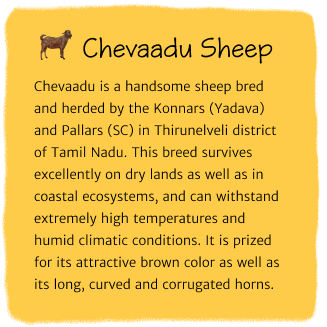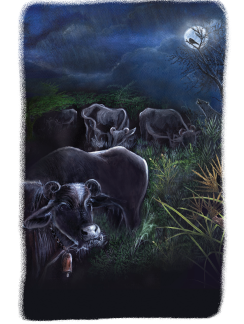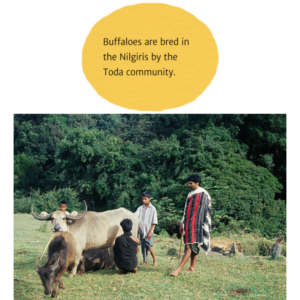Heddan Hoddan
Here and there


Pastoral Breed map of India




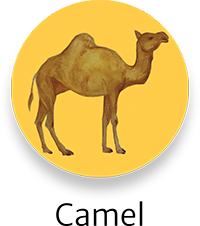

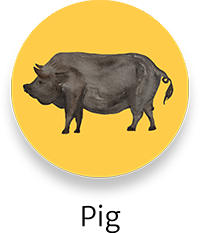


< BACK
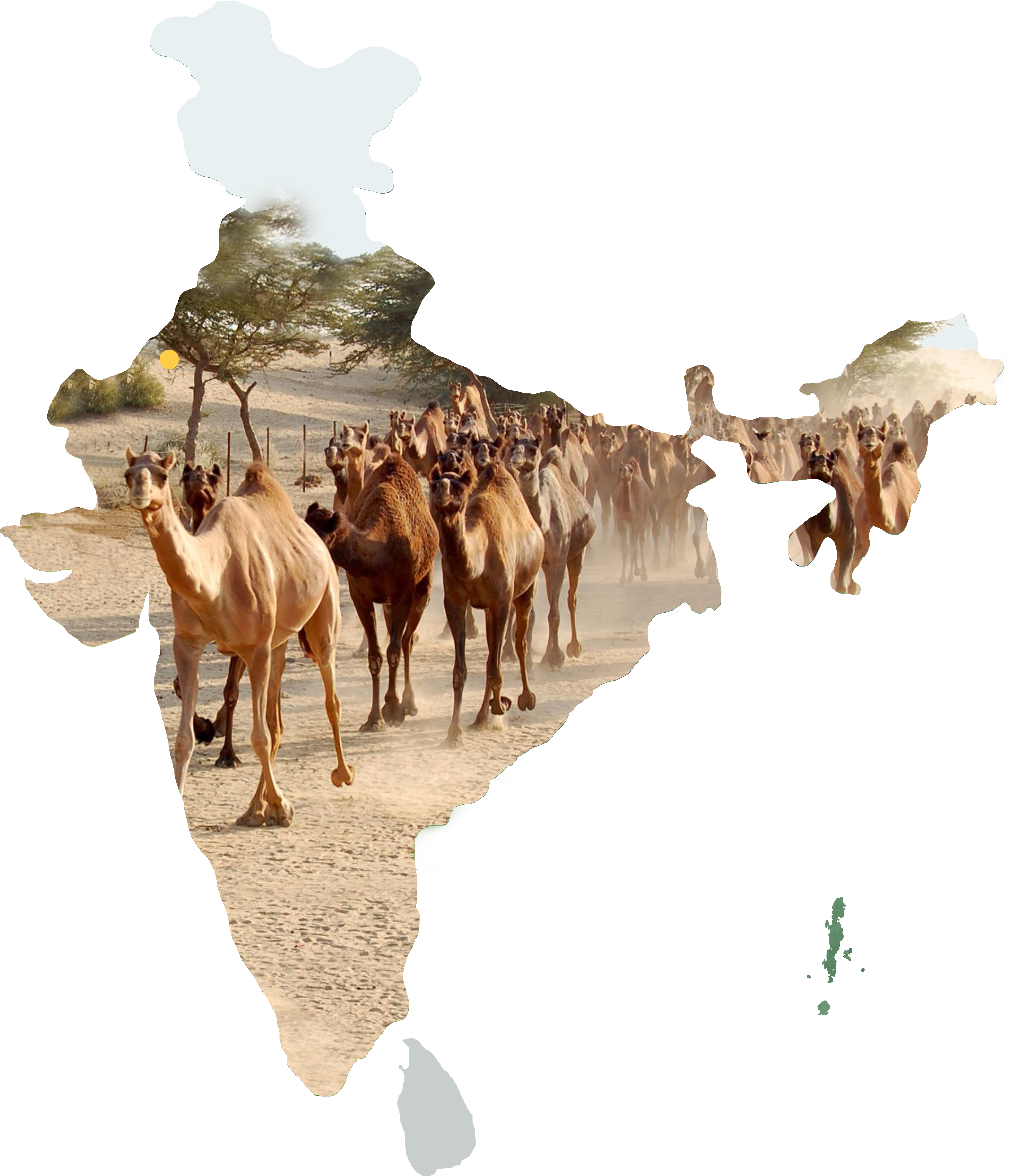 Photo Credits :NRCC, Bikaner
Photo Credits :NRCC, Bikaner
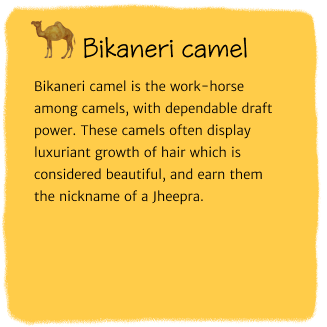


[porto_block id="2672"]
< BACK




[porto_block id="2672"]
< BACK

Photo Credits : Shouryamoy


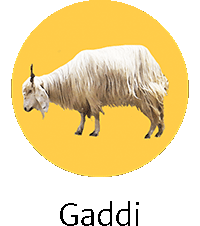
< BACK

Photo Credits : Shouryamoy



< BACK
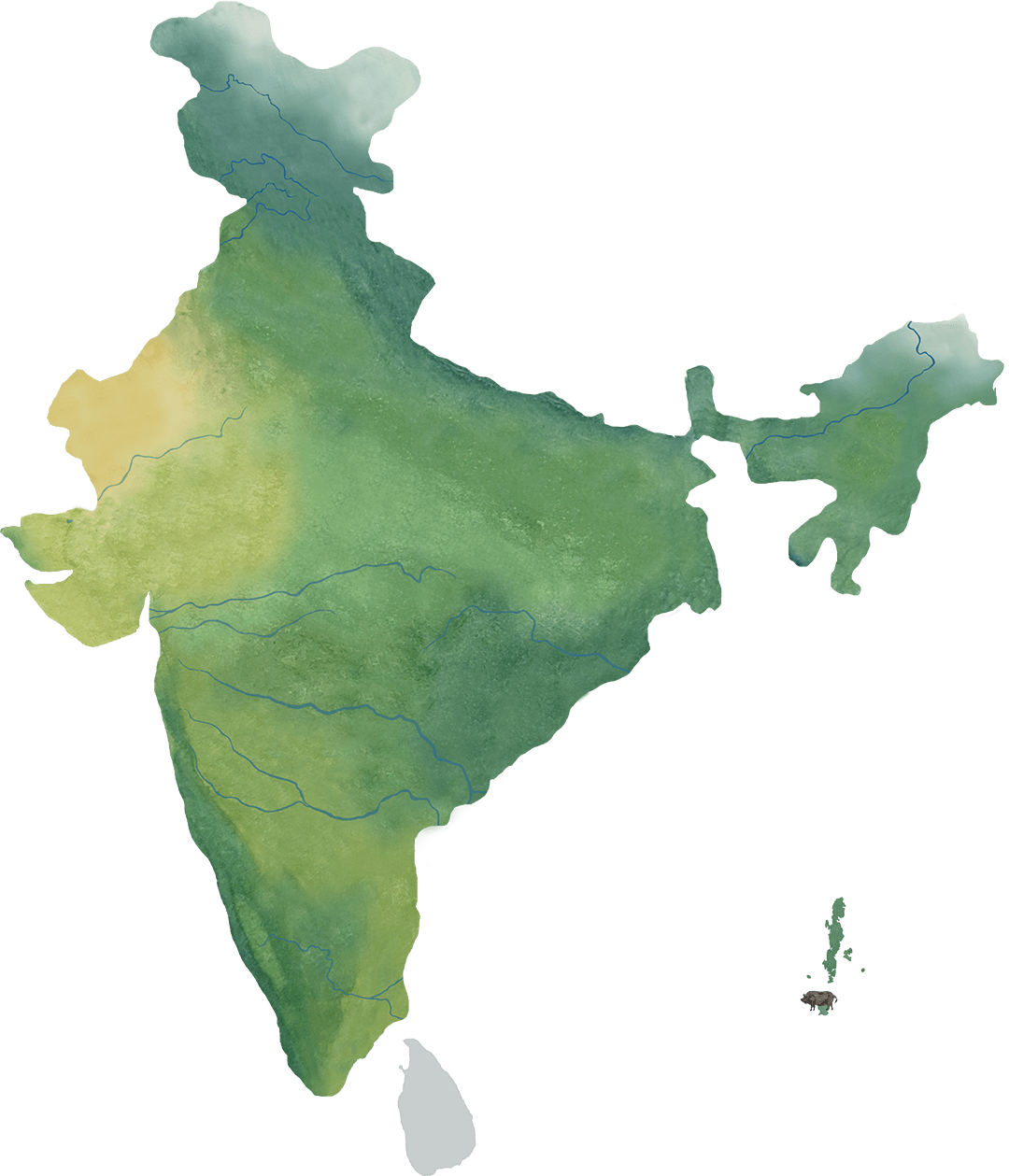
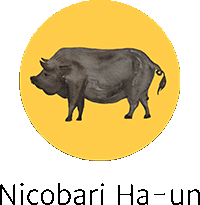
< BACK


< BACK
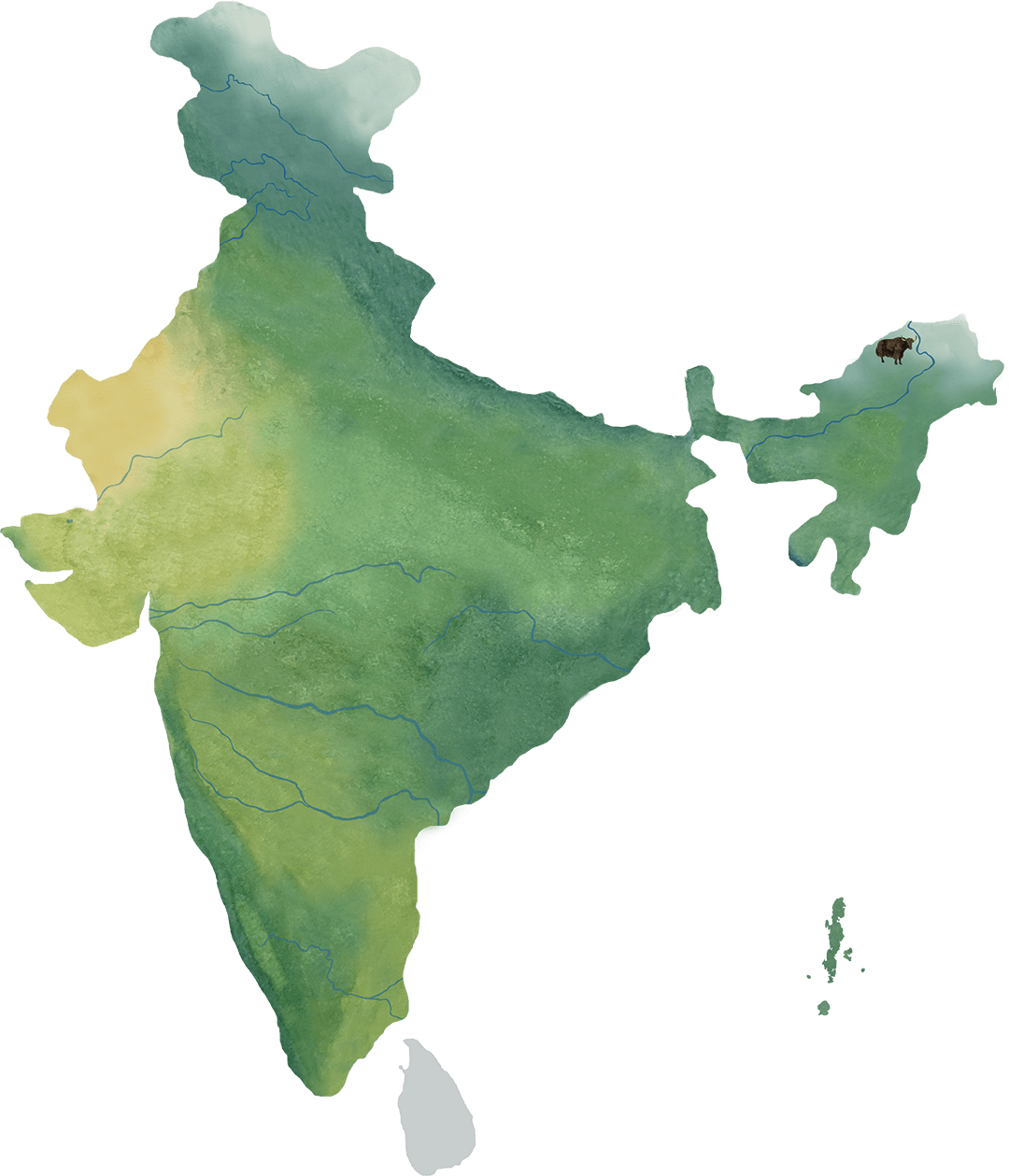
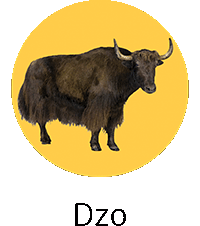
< BACK


< BACK
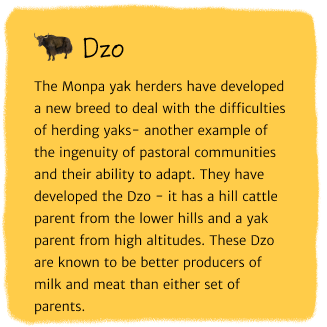
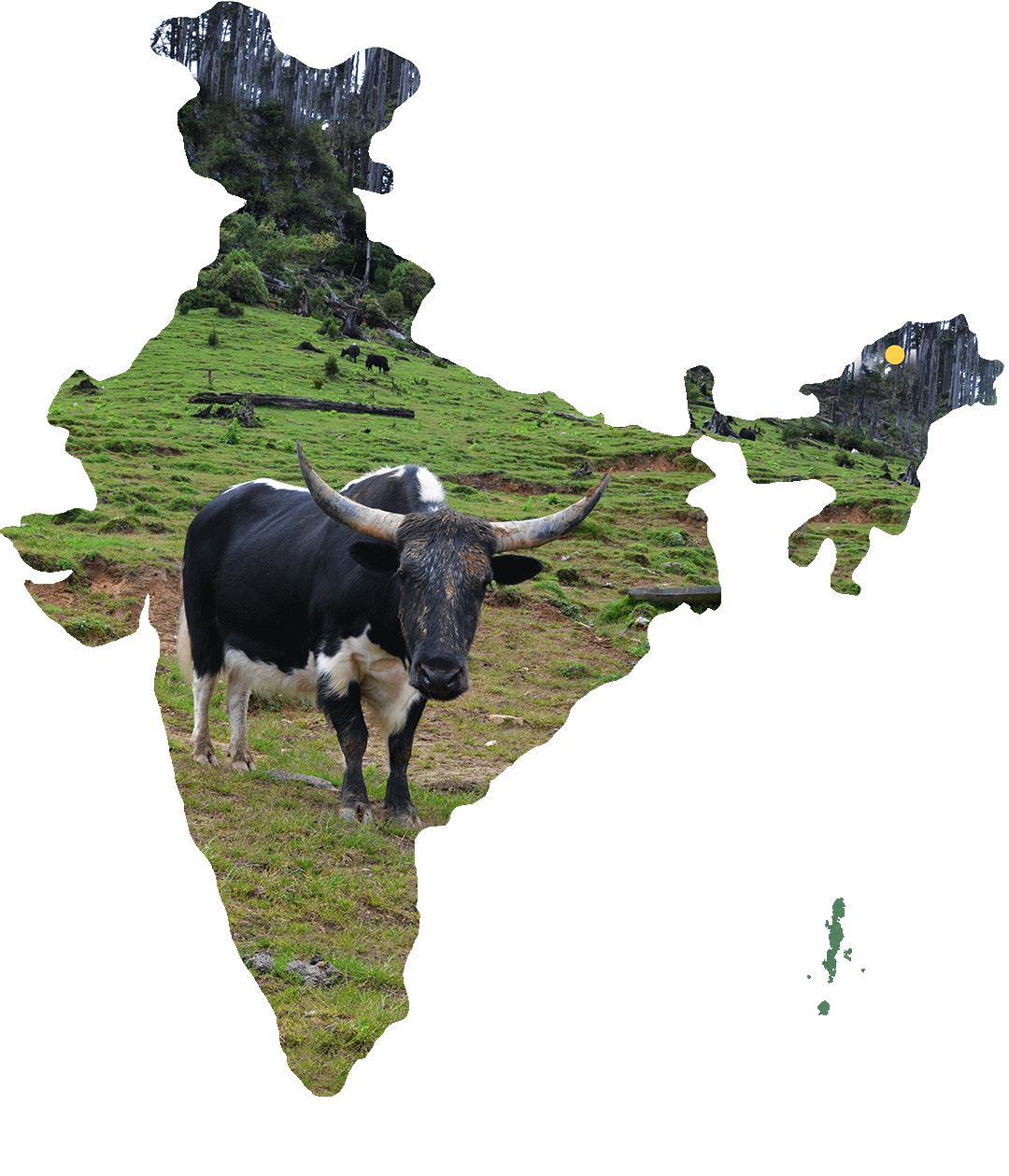 Photo Credits : ICAR-National Research Centre on Yak,
Arunachal Pradesh
Photo Credits : ICAR-National Research Centre on Yak,
Arunachal Pradesh

< BACK



< BACK


Photo Credits : Central agricultural Research Institute

< BACK


Photo Credits : Central agricultural Research Institute

< BACK
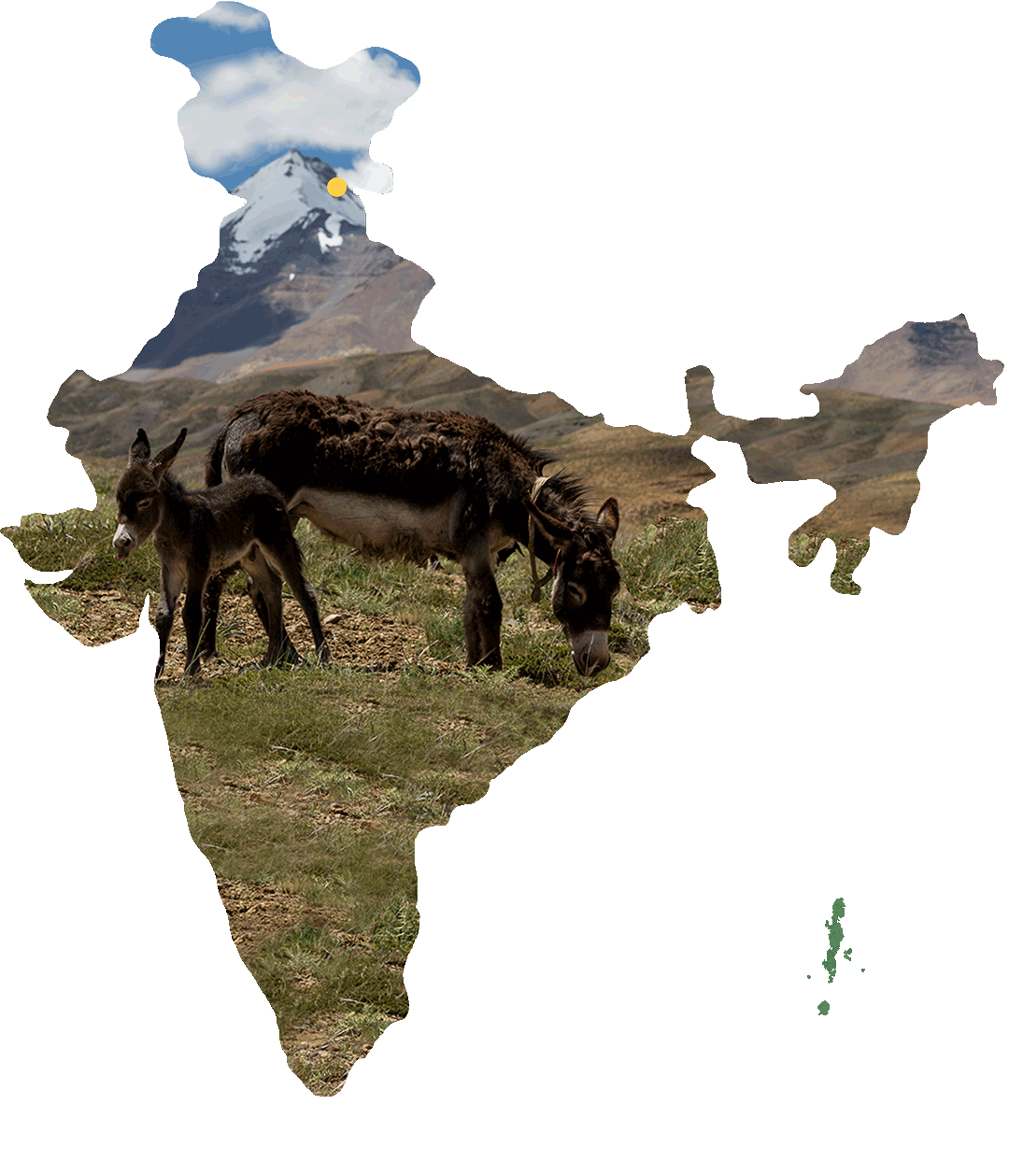
Photo Credits : fleetingmoments.net
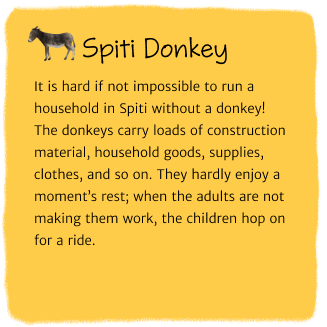
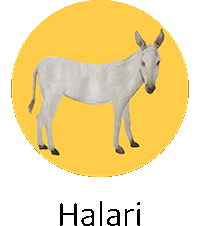

< BACK

Photo Credits : fleetingmoments.net



< BACK

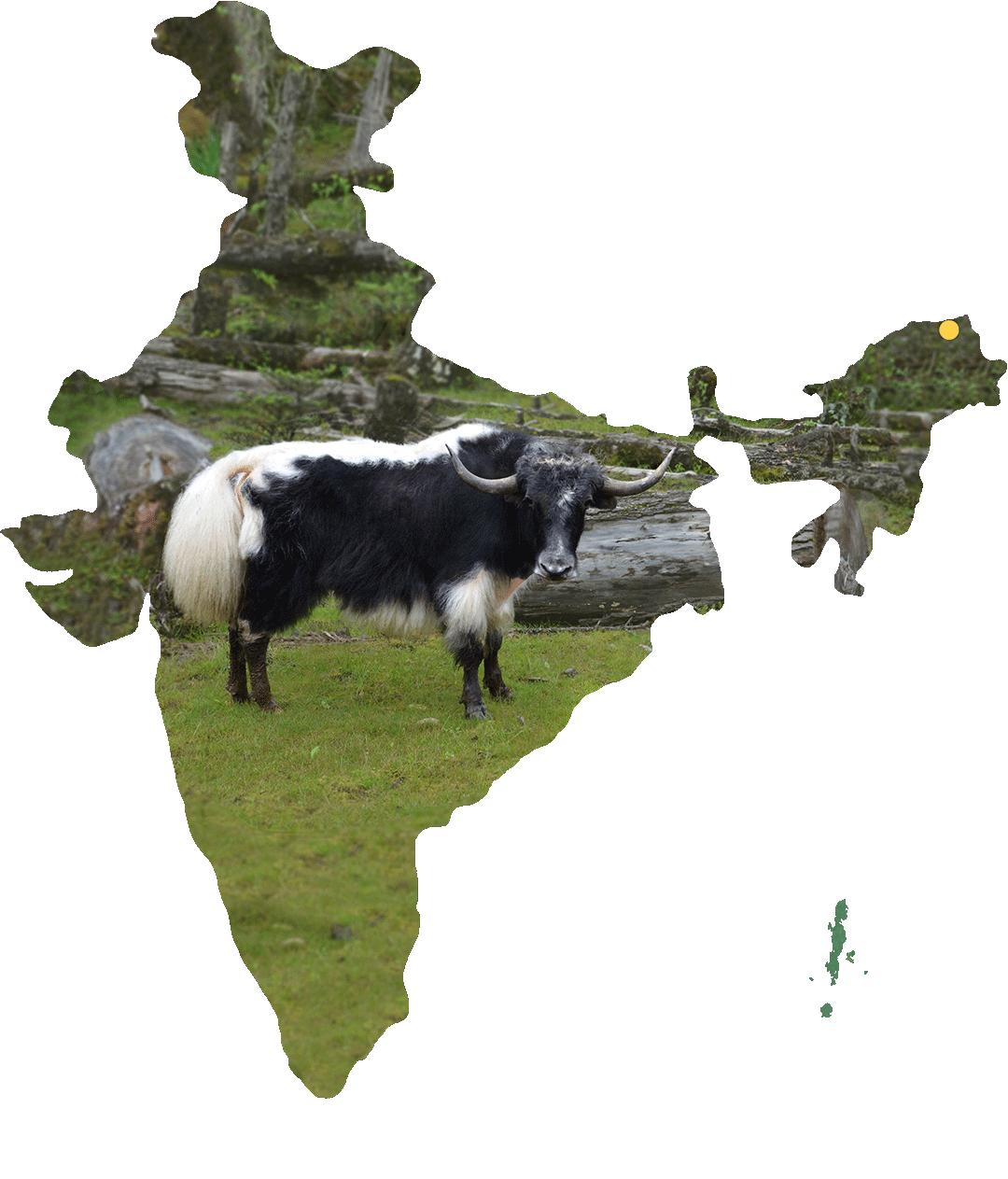 Photo Credits : ICAR-National Research Centre on Yak,
Arunachal Pradesh
Photo Credits : ICAR-National Research Centre on Yak,
Arunachal Pradesh
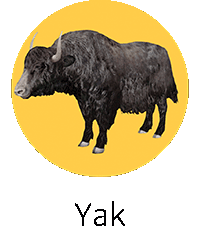
< BACK



< BACK
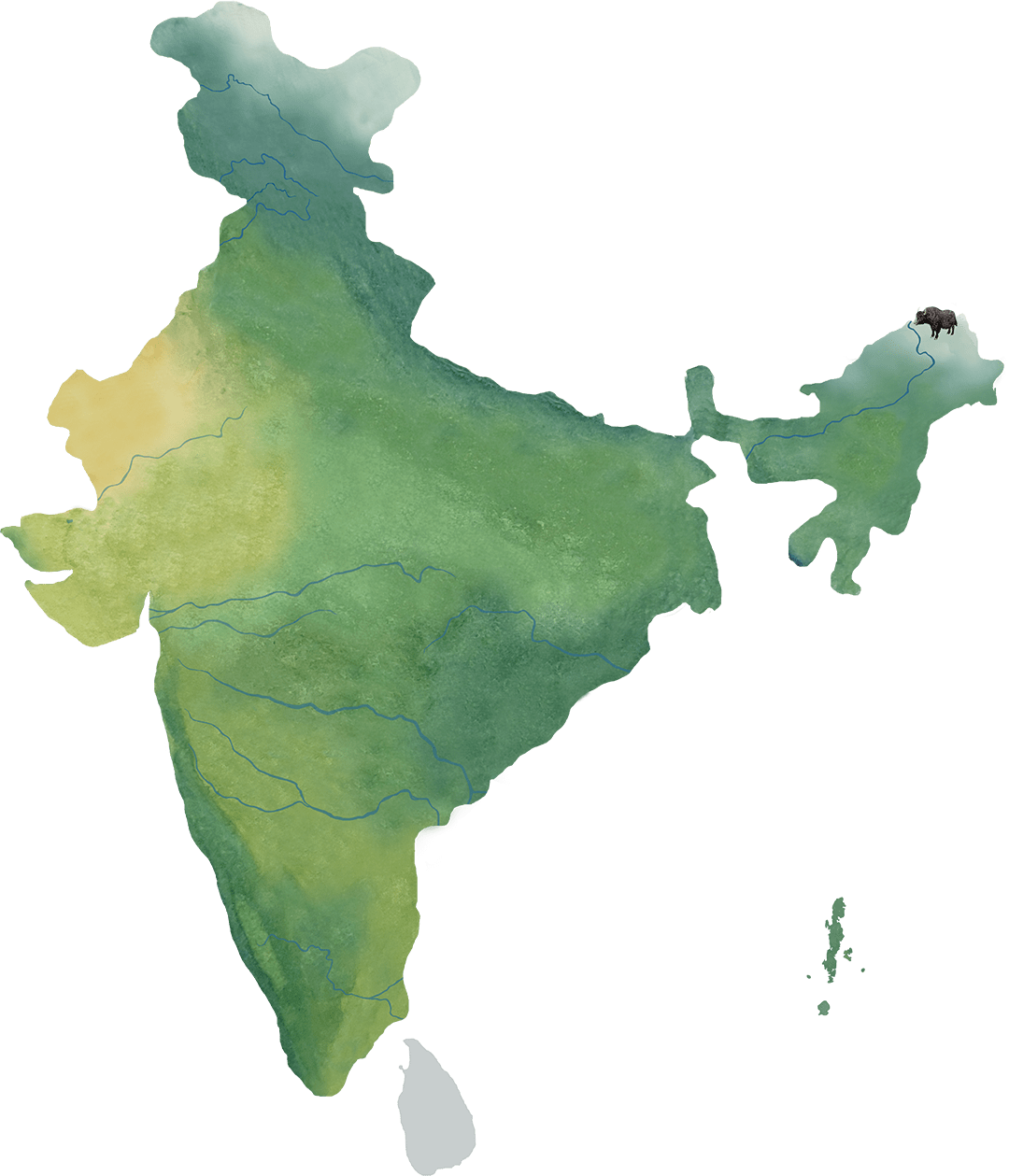

< BACK


< BACK





< BACK





< BACK






< BACK






< BACK

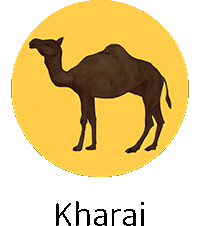

< BACK



< BACK



< BACK



< BACK



< BACK



< BACK
 Photo Credits : Stldumraphotography
Photo Credits : Stldumraphotography



< BACK




< BACK

Photo Credits :Sahjeevan
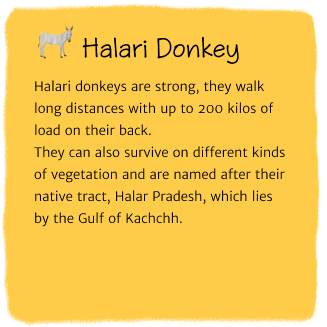


< BACK

Photo Credits :Sahjeevan



< BACK
 Photo Credits : Sahjeevan
Photo Credits : Sahjeevan



< BACK




< BACK

 Photo Credits : Sahjeevan
Photo Credits : Sahjeevan





< BACK







< BACK
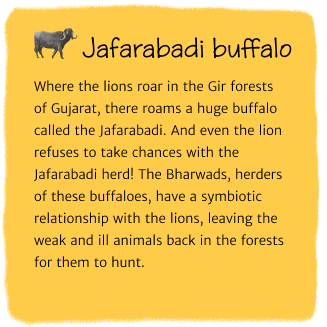

Photo Credits : Aryaman Gir Gaushala





< BACK


Photo Credits : Aryaman Gir Gaushala





< BACK
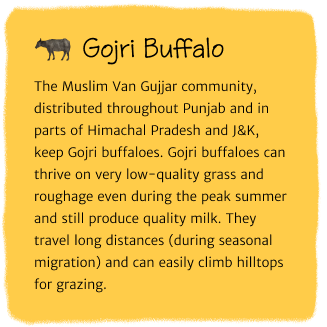
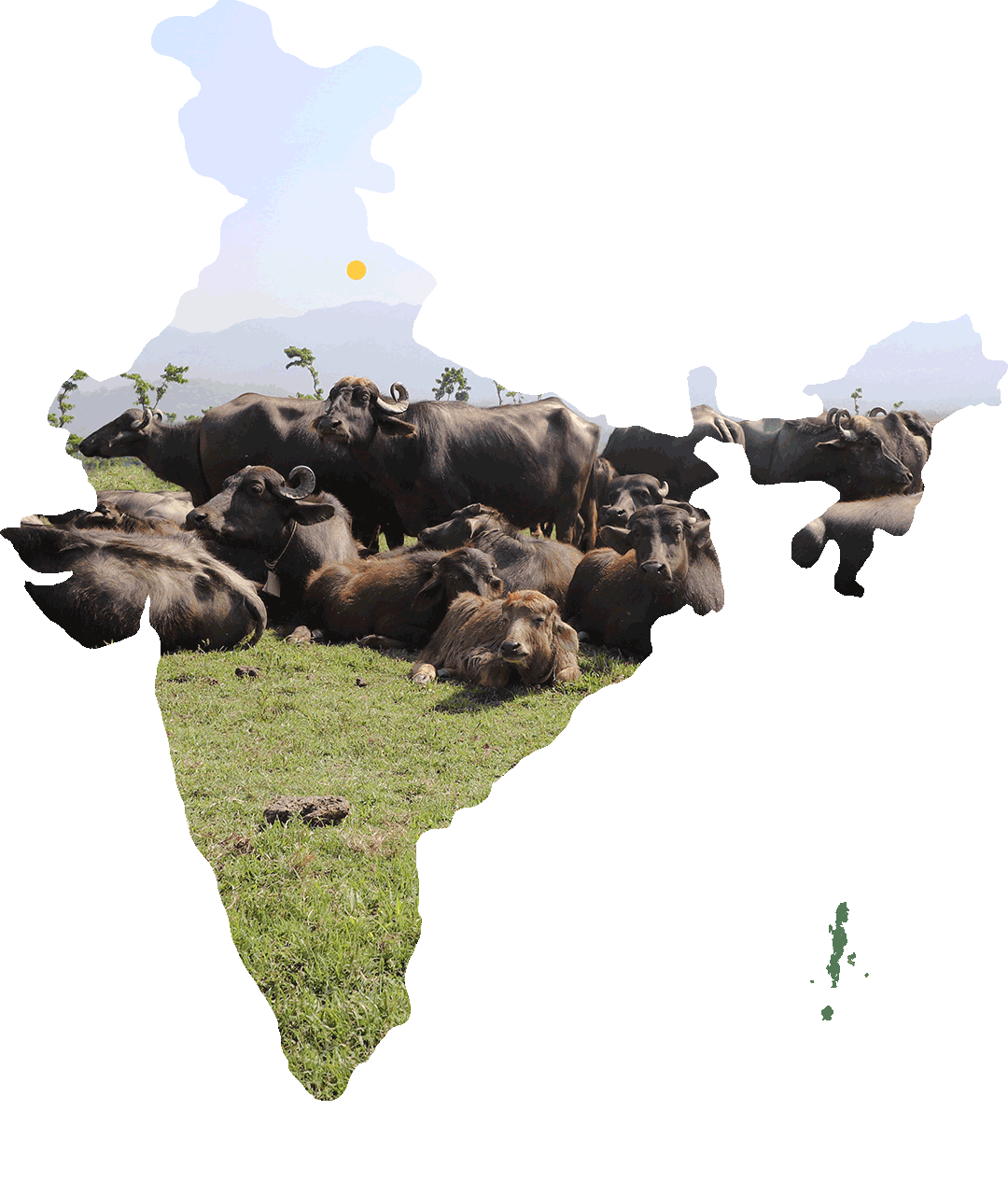
Photo Credits : Centre for Pastoralism





< BACK


Photo Credits : Centre for Pastoralism





< BACK
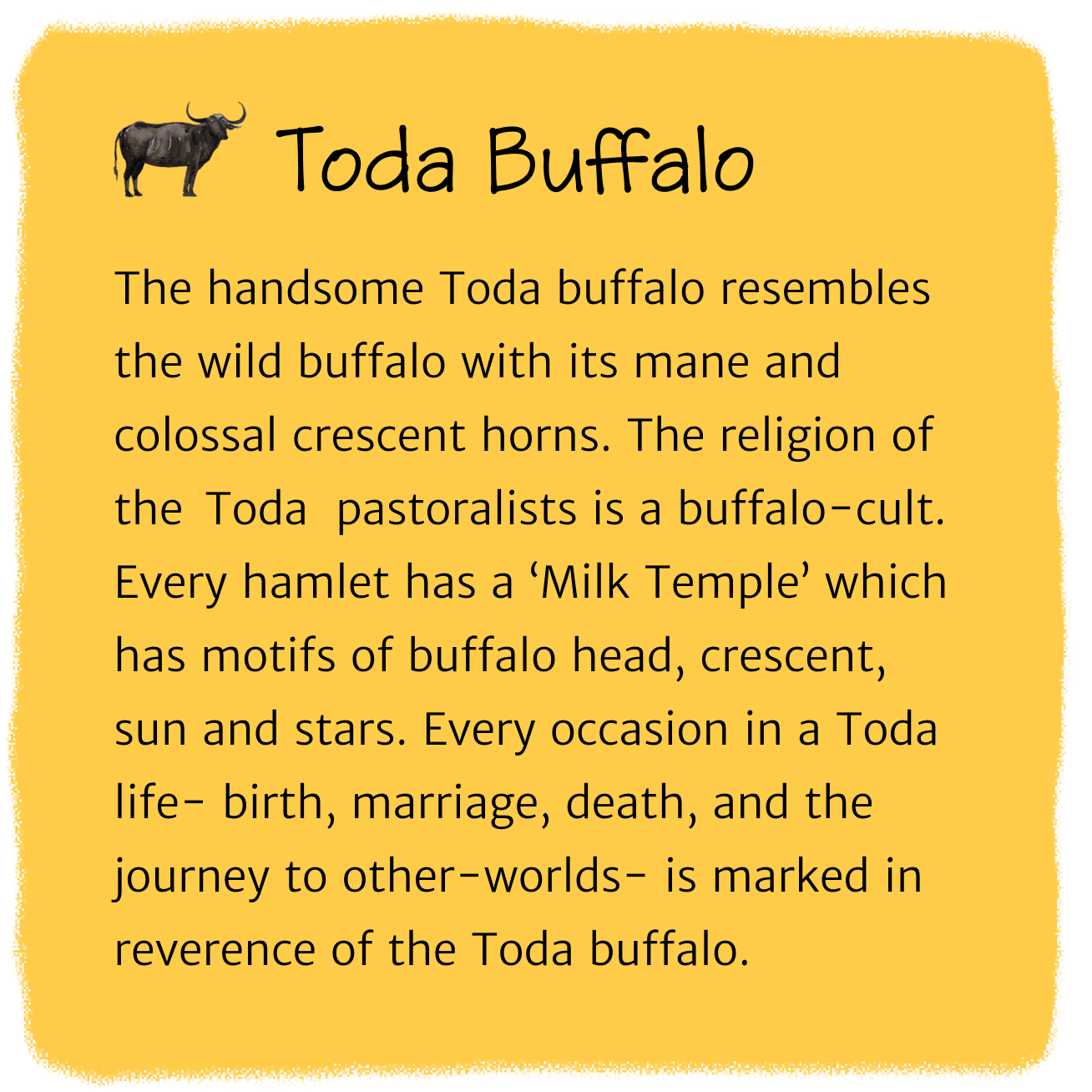
 Photo Credits : Kevin Standage
Photo Credits : Kevin Standage





< BACK







< BACK


Photo Credits : Wikipedia





< BACK


Photo Credits : Wikipedia





< BACK






< BACK






< BACK


Photo Credits : Shouryamoy Das





< BACK


Photo Credits : Shouryamoy Das





< BACK


Photo Credits : NBAGR





< BACK


Photo Credits : NBAGR





< BACK

 Photo Credits : Vivekanandan, SEVA-Madurai
Photo Credits : Vivekanandan, SEVA-Madurai





< BACK







< BACK


Photo Credits : Sahjeevan





< BACK


Photo Credits : Sahjeevan





< BACK

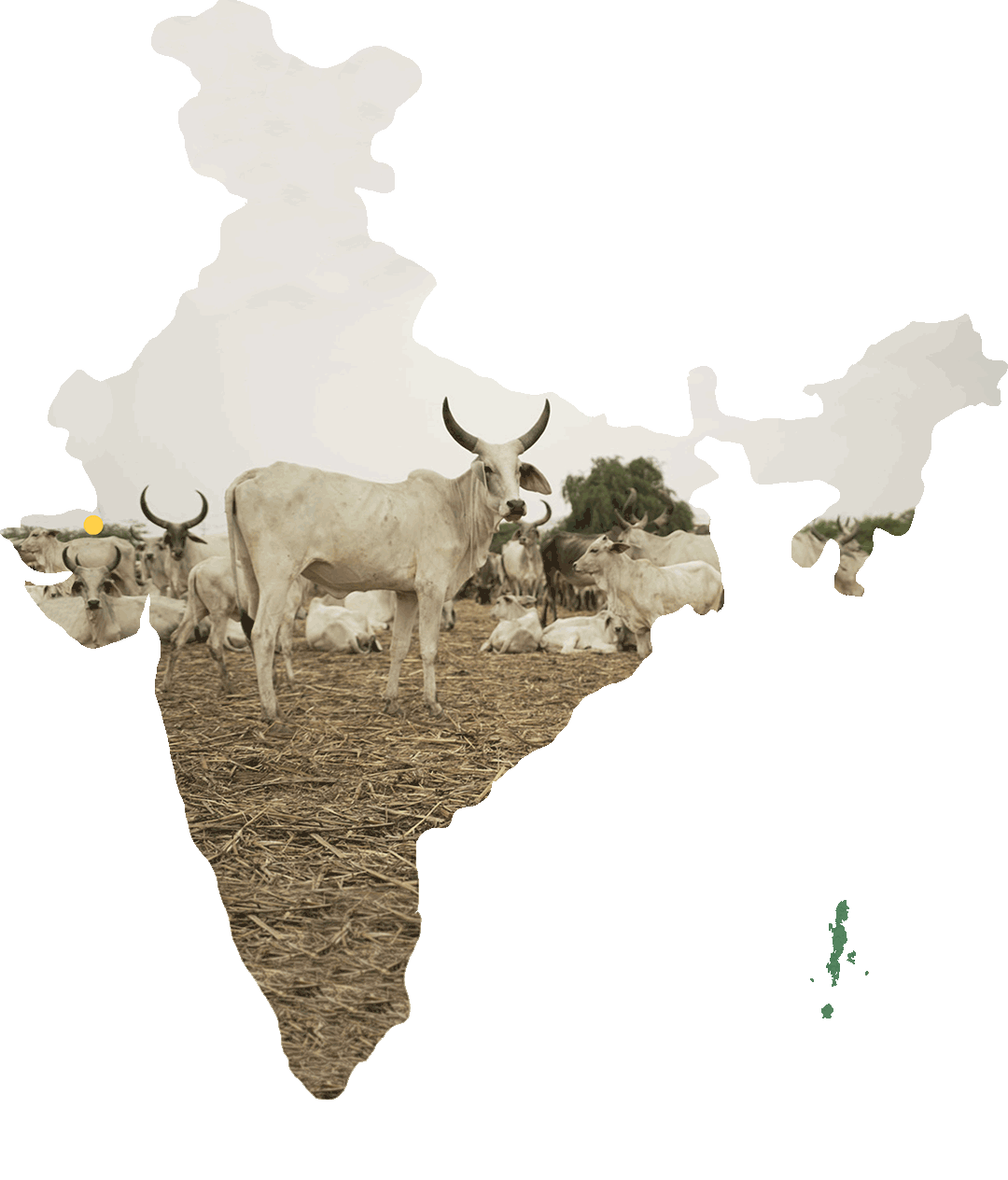
Photo Credits : Smriti Chanchani





< BACK


Photo Credits : Smriti Chanchani





< BACK


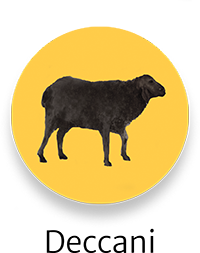

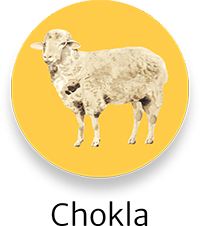

< BACK






< BACK

 Photo Credits : Ishaan Raghunandan
Photo Credits : Ishaan Raghunandan





< BACK







< BACK


Photo Credits : Nipun Prabhakar





< BACK


Photo Credits : Nipun Prabhakar





< BACK


Photo Credits : Hashmat Singh





< BACK


Photo Credits : Hashmat Singh





< BACK


Photo Credits : Sundeep Bali





< BACK


Photo Credits : Sundeep Bali





World of Kachchi Pastoral Breeds
Kankrej Cows: The Majestic Cattle of Kachchh

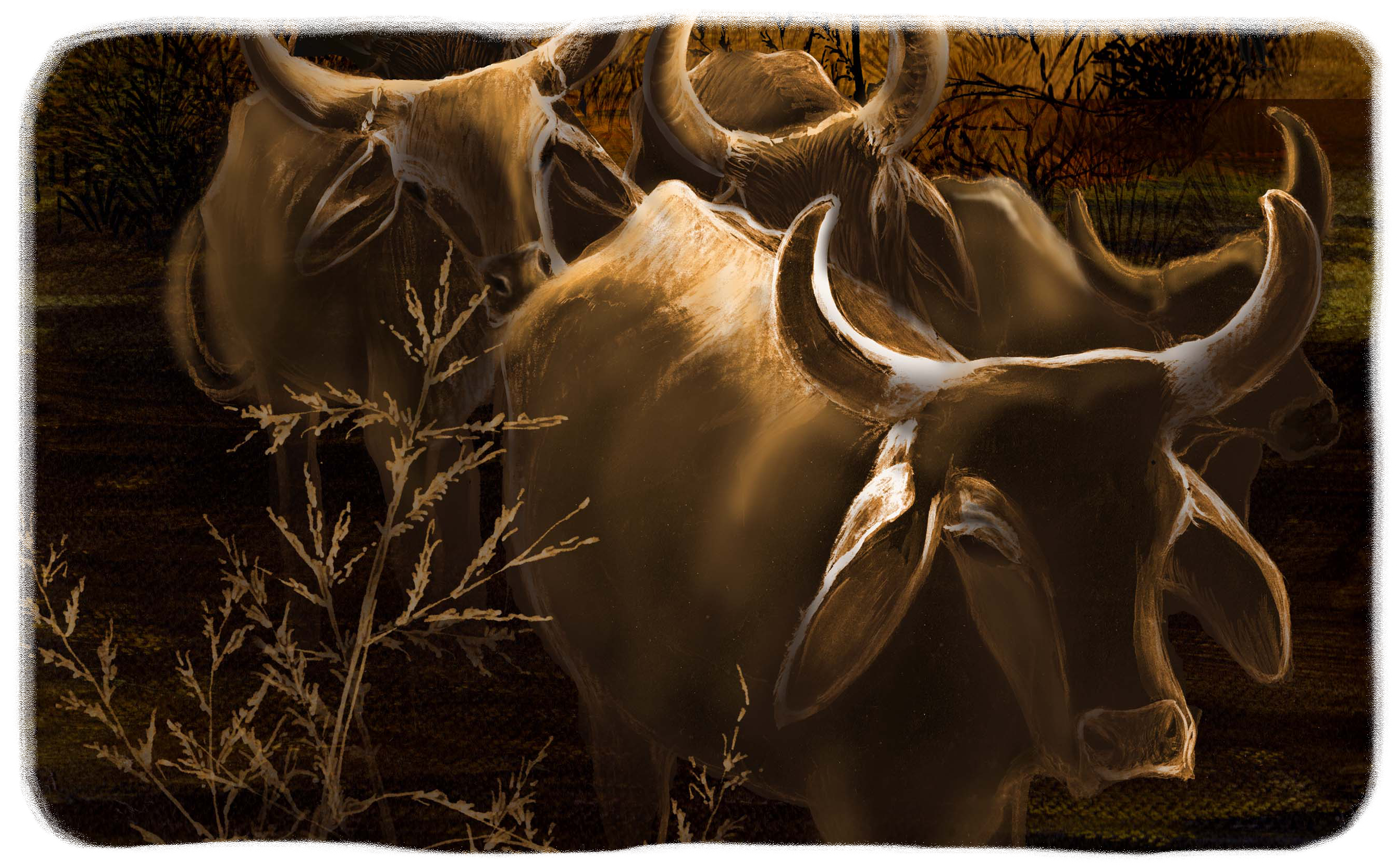

Kundi Buffalo: The night grazers of the Banni grassland




Kharai Camels: Swimmers of the seas

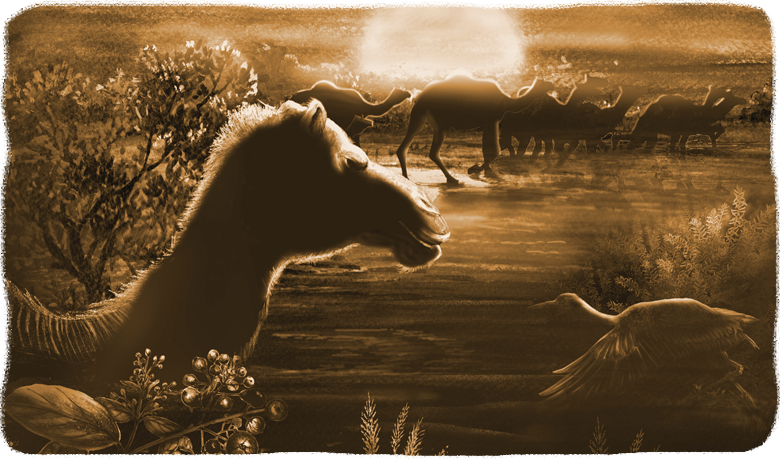
The camels are creatures designed to survive with little. However, when they saw green abundance across the creeks, they decided to swim! Nature, with some help from the Fakirani Jats, has evolved a unique animal called the Kharai Camel, which has combined the ability to live without fresh water, and browse in the mangroves for sustained periods of time. They themselves are a special community who can live in the mangroves and sleep on machans, deriving all their nourishment only from camel’s milk.

Quiz
Buy a Domestic Milching Animal!
‘Kaala Akshar Bhains Barabar’,
This proverb means: a person who is not literate, is like a buffalo! Well, the Bhains want to know how literate you are about their world of animals! For most people in the city, all buffaloes look the same, but an expert guala, or animal keeper, must supply us milk and has to select the best animal, so they must answer these questions correctly to do good business.
Let’s see if you can buy a good animal!
Based on your performance in answering these questions, the pastoral will sell you an animal.



